Elevated trains and subways greatly improved urban transportation by getting rid of the need for horses and carts, as well as minimizing road traffic and air pollution. In fact, speed and efficiency were at an all-time high once trains & subways were in action.
New York City is the best example of seeing such an incredible change in a transportation system.
Let’s investigate.
During the 1690s to 1800s, New York didn’t need mass transit systems because the city was contained within 1-2 miles. Everyone could travel by horse or foot & for long-distance travelers and farmers, ferries were used.
The traffic started when the surveyor, John Randel Jr., expanded the city northward, pushing through its borders. There, the first-ever real estate frenzy happened on Bleecker Street in Greenwich Village.
When all the wealthy people bought the land for their businesses, the workers’ problems were how to travel because the city was pushed another mile.
Welcome elevated trains and subways.
So, how did elevated trains and subways improve urban transportation, and how did it start?
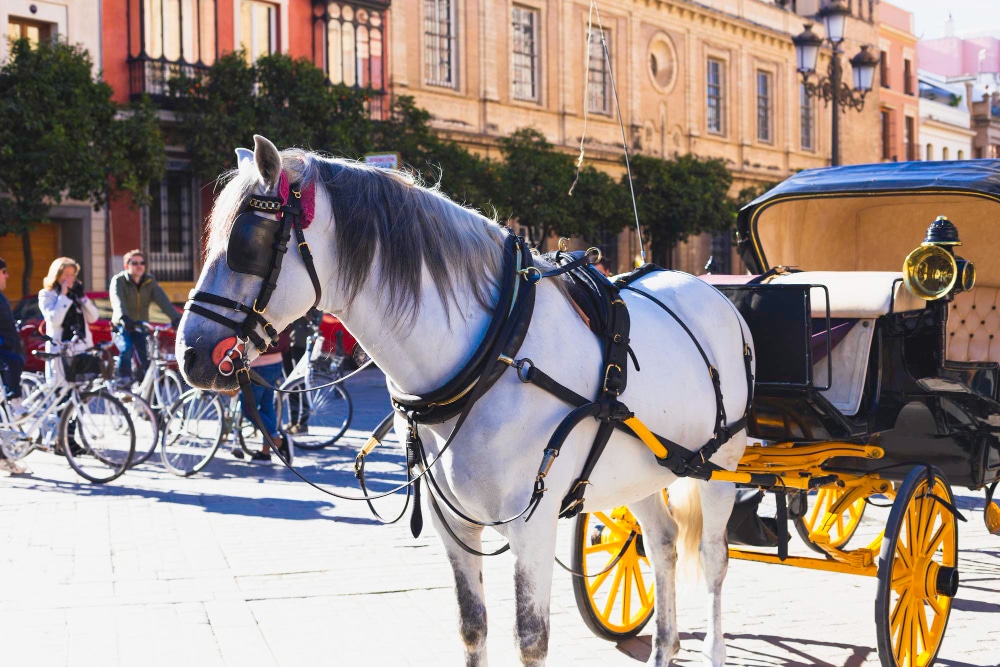
How Did Elevated Trains and Subways Improve Urban Transportation?
Elevated trains and subways solved the problems of the government by reducing the traffic congestion within the streets and improving the travel and safety of the citizens.
Adding train travel above and underground also improved urban transportation as it reduced horse manure.
Yes, it reduced the amount of horse manure on the streets!
Aside from looking and smelling bad, horse manure posed a massive threat to public health. In fact, it was the number one cause of tetanus back then!
Aside from horse manure causing issues, trains that were introduced emitted smoke, dirtying the city air too!
By 1879, the smoke coming from the decades-old trains was eliminated entirely as the trains were upgraded to electric.
Not only that, but because of the success of the elevated train system in the entire area of Manhattan, the city’s real estate market experienced a sudden surge in prices.
Soon after, all the towns that had a track built for them also experienced the same real estate frenzy.
So let’s break these changes down a little.
The Means of Transportation in the 1800s
Let’s turn back the clock a little.
Before the introduction of elevated trains and subways to New Yorkers, the city was known for having the worst traffic in America.
From horse-drawn stagecoaches, horse-drawn rail cars, and steam locomotion railroad, the government had to look for other alternatives that would solve their traffic crisis.
Let’s dive deeper into how they improved from horse-drawn cars to elevated trains and subways.
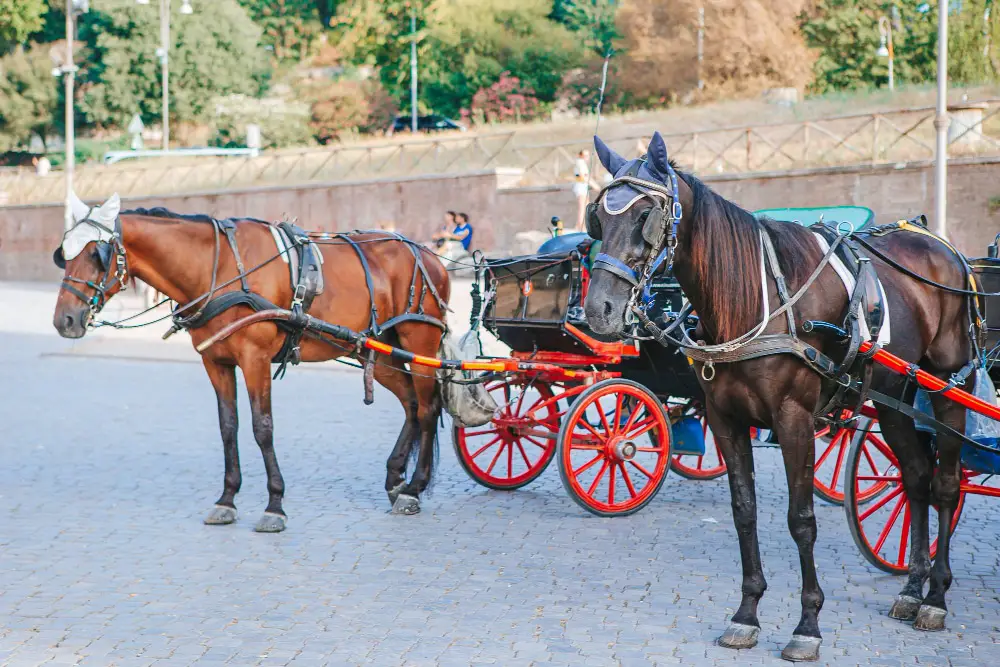
Horse-Drawn Stagecoaches and Omnibuses
After the expansion of the real estate industry we previously mentioned, the streets were filled with horse-drawn stagecoaches.
Imagine a horse, traveling with a carriage running between different towns, this was not a viable transport solution.
With the rising real estate growing further from the city, more stagecoaches were needed to transport workers every day.
By the 1820s, all the streets were clogged by stagecoaches that even when people were walking by, it could be difficult for someone to cross the street without feeling that their life was in peril.
By the 1830s, omnibuses (now called city stages) were found almost everywhere. At least eight different companies were running this business which soon overcrowded the streets of New York even further.
The problem with omnibuses was that there was no planning involved with the city’s transportation network. This resulted in overlapping and hazardous routes that troubled many people.
The government needed another alternative to the traffic crisis.
Horse-Drawn Rail Cars
In 1831, the government built street-level tracks which started from Lower Manhattan to the remote side of Harlem.
By 1832, the horse-drawn rail cars started operating and showed significant improvement in terms of comfort, efficacy, utility, and cheapness.
After several years, the track was expanded all throughout Harlem.
The problem with the horse-drawn rail car alternative was that its rail tracks were built within the streets of the cities, and it still had to share the same traffic as everyone else.
In 1837, the government switched from horse-powered rail cars to steam locomotion. This received many complaints because of the steam and smoke within the city and the nearby houses.
In 1854, the government’s Common Council forbade the New York and Harlem Railroad to continue its steam operation with a passed ordinance.
However, they returned to a horse-powered mode of traveling, which brought back the problem of horse manure and tetanus.
While all the back and forth in transportation methods were trialed, the population of New York continued to rise. In 1850, there were around 515,000 people living in the urban area, and this climbed to almost 1 million in 1870.
So what was next? The government had to look for a better alternative solution that needed to be cheaper and more reliable.
Welcome the elevated railway.
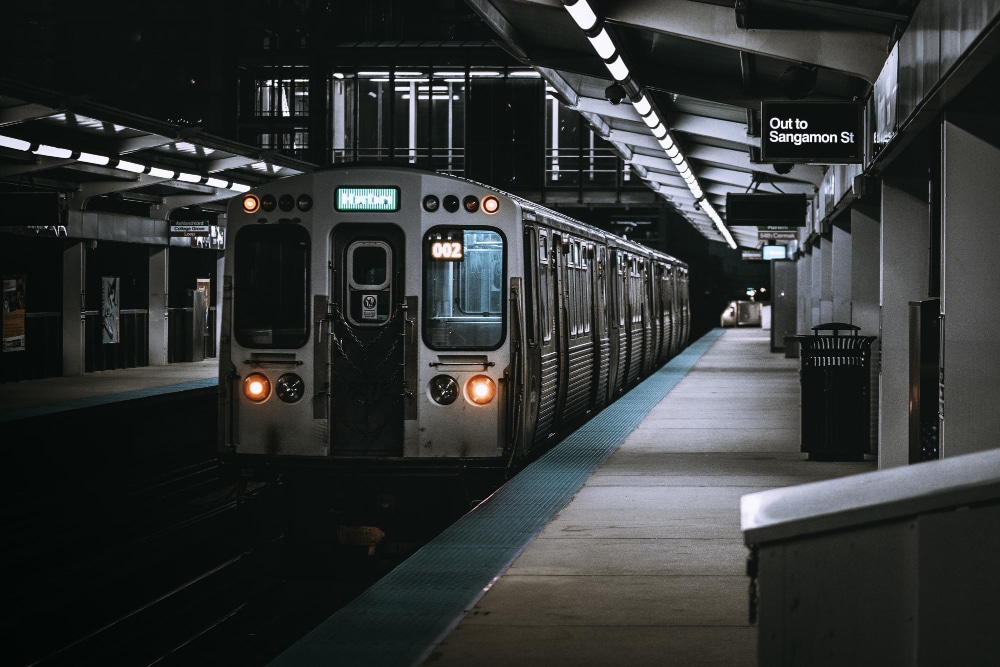
Elevated Railways
In 1832, John Stevens proposed the elevated railway scheme, but it went nowhere until 1848 when John Randel Jr. (the same man who surveyed the lands of Manhattan and expanded it) proposed the elevated track.
However, nothing ever happened to the proposals. It was noted that there were a total of 125 plans submitted to the patent office between 1825 and 1899, which showed different plans for elevated train systems.
It wasn’t until later when a salesman and political clout by the name of Charles T. Harvey made all the plans possible.
He was willing to put up a test track at his own expense right in the heart of Lower Manhattan, which he promised to demolish if the government didn’t approve it.
By 1867, the 1500-foot cables were complete, and a single car was able to test the track being able to prove his entire concept.
By 1868, the Rapid Transit Commission gave the green light to Harvey. He then tested the whole track. The train reached a speed of 10-12 miles per hour. The half-mile trip was considered a success.
In 1870, the train first accepted its passengers and was fully operational by the end of the year. The train had three cars in which 35 people could fit.
Unfortunately, it was only able to do one car per hour, which was not what the government was hoping for. The search continued to improve the public transport system further.
Subway
While Harvey was busy building his elevated track, Alfred Ely Beach was inspired in 1868 by the pneumatic mail system in London, wherein he built his idea of a subway.
Compared to transmitting packages, merchandise, and letters in London, Beach constructed a giant tube passenger train under the streets of Warren and Muray. He hoped that with this innovation, he would be able to attract investors and push his plans further.
By 1870 (the same time the elevated train of Harvey was about to end), Beach started accepting passengers.
Over the several years, he was able to transport around 400,000 passengers on his subway, but it never progressed.
In 1873, Beach’s plans were approved by the new governor, but the moment had already passed. However, It was not until the 1900s that the government saw a viable subway plan and started the project.
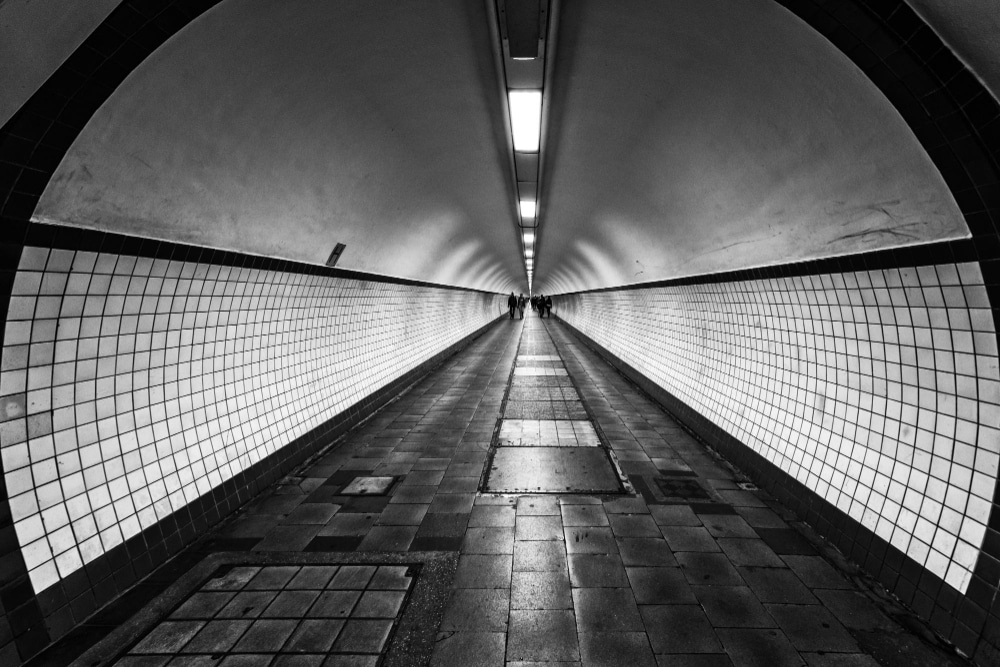
The Breakthrough in Elevated Trains and Subways
Although Harvey was removed from the picture, many investors already sacrificed a considerable amount of money for the elevated train to happen.
In 1873, the track was pushed even further into the different towns within New York.
After 5 years, the elevated train was already running in four separate lines from Manhattan to the Financial District and down to Harlem.
By 1880, the entire four lines were sold to the Manhattan Railway Council, which held and consolidated all the lines allowing one company to take control of the project.
The subway should have risen during the 1870s, but many politicians and salesmen were too greedy to approve the plans laid out to them.
It was not until the 1900s that the subway project was fully operational. And unlike elevated trains, the subway experienced a sudden success in its project.
Every expansion of the underground network drew more passengers from the elevated trains.
The only downside to the elevated trains is that it was considered inefficient and produced dirt.
This was one of the reasons why many businesses opt to build their establishments away from the tracks, especially in its shadow.
Modern elevated trains and subways are now run by electricity which increases the speed and minimizes pollution, a win/win!
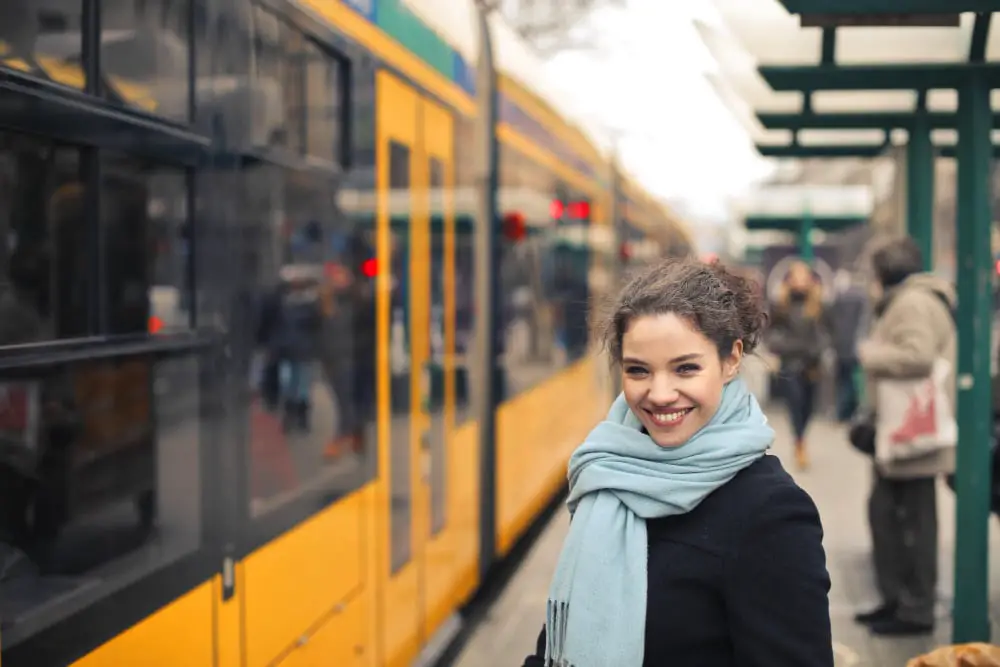
Conclusion
Over the years, elevated trains and the subway have been the most efficient way to travel through New York. These modes of transportation did not only improve the traveling time in the urban area, but they also paved the way for what we have today.
So get traveling, jump on an Amtrak train, and explore the city!
Happy Travelling!
